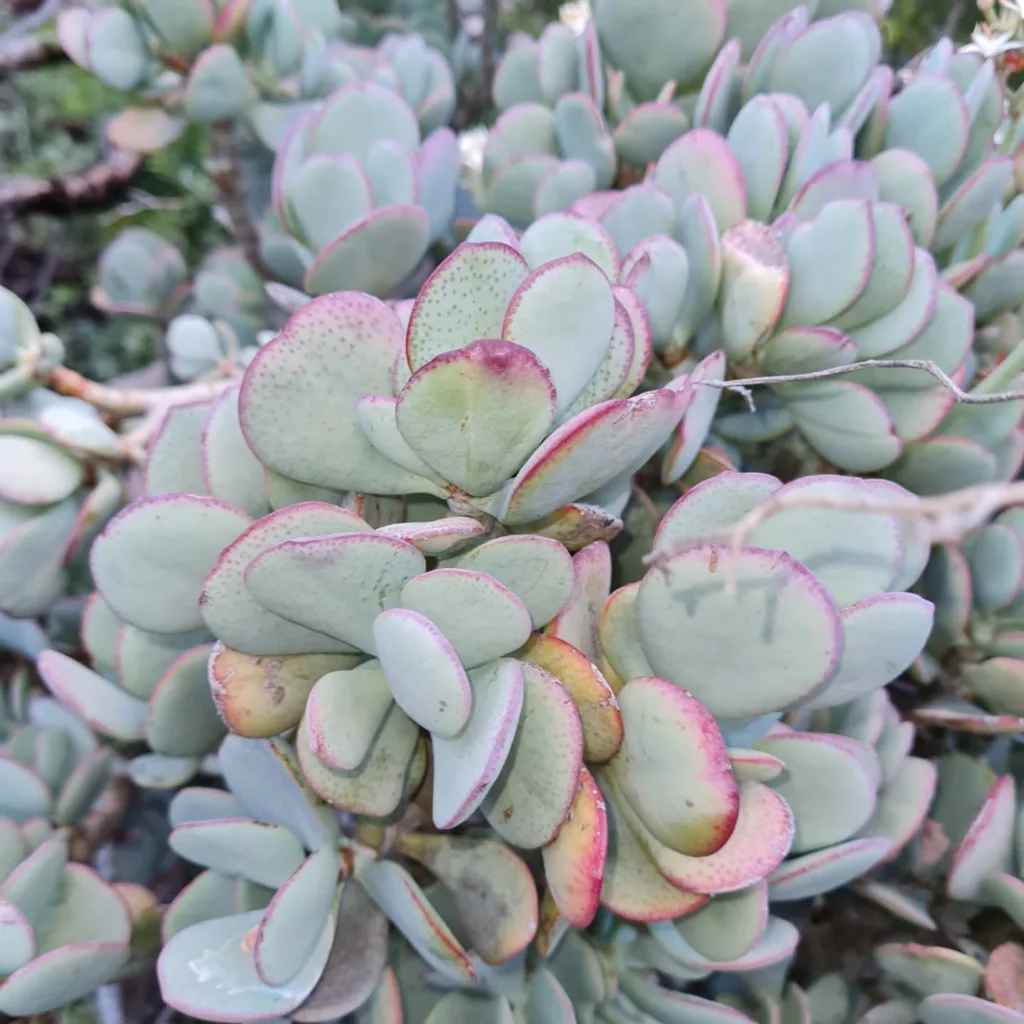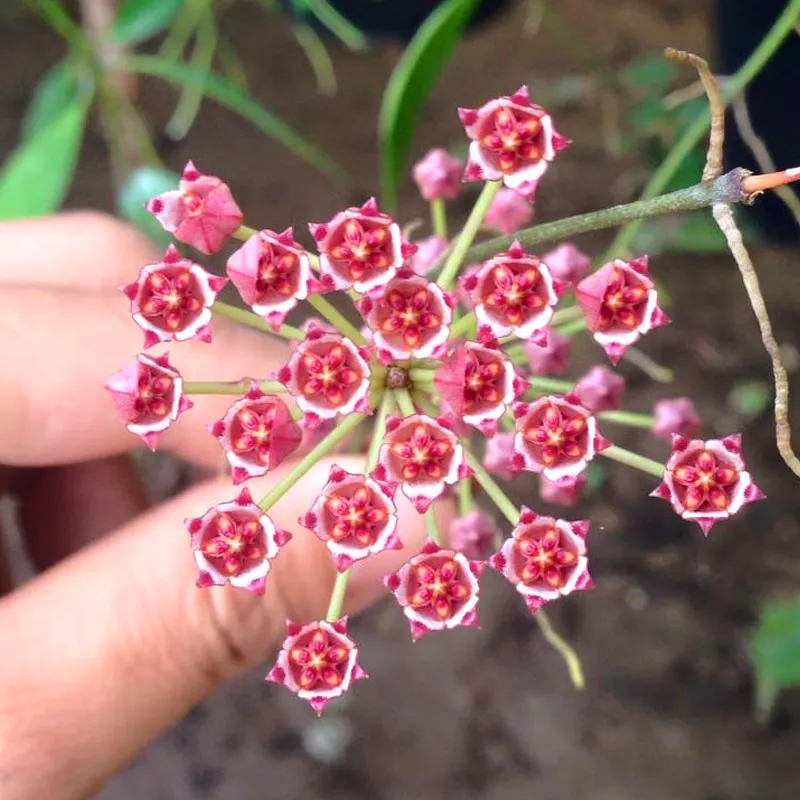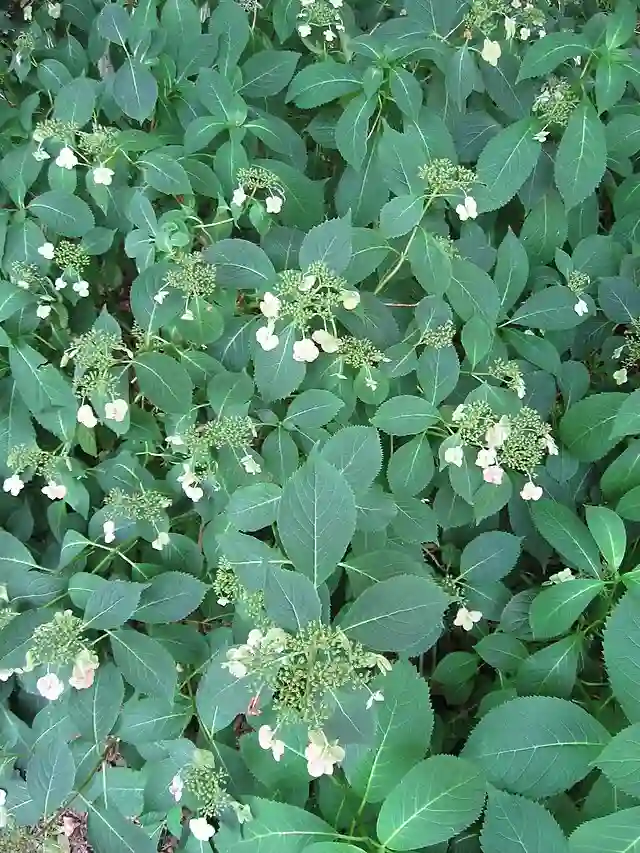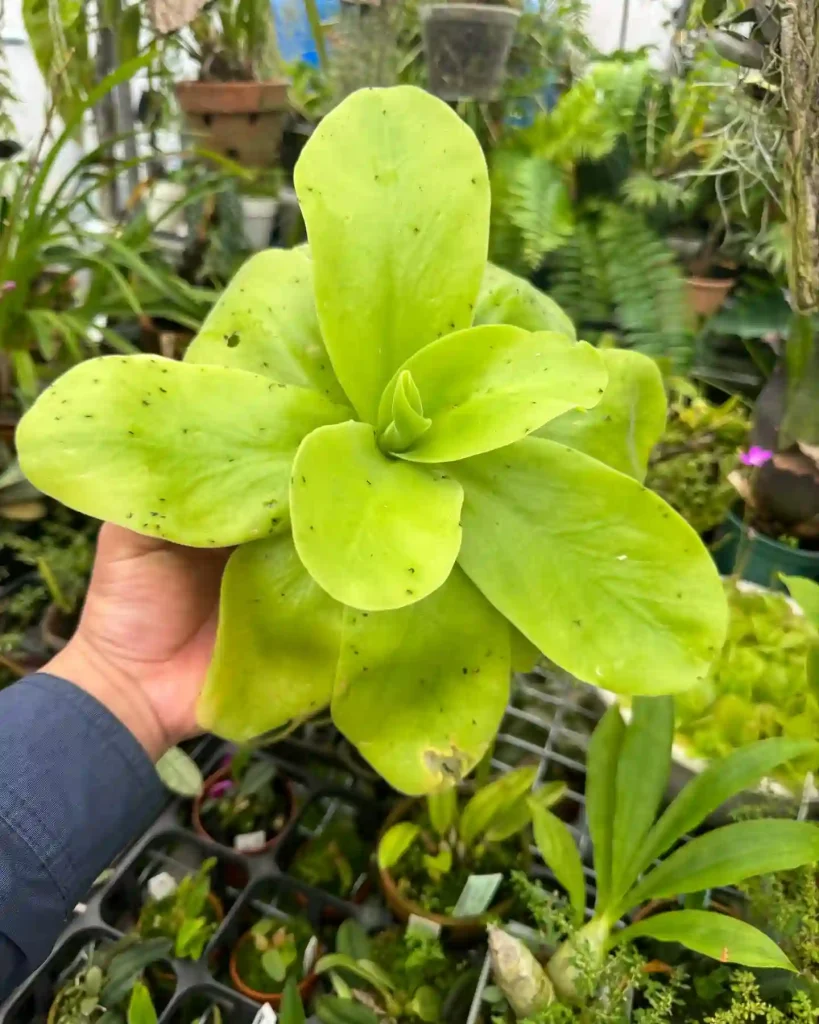FAQs About Coccoloba Gigantifolia
Coccoloba Gigantifolia, often referred to as the Giant Sea Grape, is a striking addition to any tropical or subtropical garden. With its enormous, glossy leaves and unique growth habit, it attracts many plant enthusiasts. Here, I’ll share some frequently asked questions about this captivating plant, based on my experiences and insights.
179 Species in Genus Coccoloba
What is Coccoloba Gigantifolia?
Coccoloba Gigantifolia is a member of the Polygonaceae family and is native to tropical regions of Central and South America. This evergreen plant can grow up to 20 feet tall and produces large, leathery leaves that can measure up to 3 feet in length. The foliage creates a lush, tropical feel, making it a popular choice for landscaping and as a specimen plant. The plant also produces small, inconspicuous flowers that eventually give way to clusters of grape-like fruits.
How to Care for Coccoloba Gigantifolia?
Caring for Coccoloba Gigantifolia is relatively straightforward, but there are some key points to keep in mind:
- Light Requirements: This plant thrives in full sun to partial shade. I’ve found that providing it with at least six hours of direct sunlight daily encourages optimal growth.
- Soil Type: Well-draining soil is essential. I usually mix potting soil with sand or perlite to improve drainage. Coccoloba Gigantifolia doesn’t like to sit in waterlogged conditions.
- Watering: During the growing season, I water the plant regularly to keep the soil moist but not soggy. In winter, I reduce watering as the plant’s growth slows.
- Fertilizing: A balanced, slow-release fertilizer works well. I typically fertilize once in spring and again in mid-summer to support growth.
- Temperature and Humidity: Coccoloba Gigantifolia prefers warm, humid conditions. It’s hardy in USDA zones 10-11, and I’ve had success growing it indoors in a bright, humid environment.
How to Propagate Coccoloba Gigantifolia?
Propagating Coccoloba Gigantifolia can be done through seeds or cuttings. Here’s how I approach each method:
- Seeds: Start by soaking the seeds in water for 24 hours to soften the outer shell. Then, plant them in a seed-starting mix and keep the soil moist. Germination can take several weeks.
- Cuttings: I take cuttings from healthy, non-flowering stems. After dipping the cut ends in rooting hormone, I plant them in moist potting soil. Covering the pot with plastic helps maintain humidity until roots develop.
What to Plant With Coccoloba Gigantifolia?
Coccoloba Gigantifolia pairs beautifully with other tropical plants. I often combine it with:
- Hibiscus: The vibrant flowers complement the lush foliage.
- Palms: Their contrasting textures create an appealing visual balance.
- Ferns: Adding ferns can enhance the tropical ambiance, especially in shaded areas.
When designing a garden space, I recommend considering the height and spread of each plant to ensure a harmonious arrangement.
Is Coccoloba Gigantifolia Toxic?
One of the common concerns among gardeners is plant toxicity. Fortunately, Coccoloba Gigantifolia is non-toxic to humans and pets. I’ve had my pets roaming around the garden without worry. However, it’s always good practice to supervise pets and children around plants.
What Are the Benefits of Coccoloba Gigantifolia?
Coccoloba Gigantifolia offers several benefits:
- Aesthetic Appeal: The large, striking leaves provide a dramatic focal point in any garden.
- Shade: Its height and broad canopy offer excellent shade, making it ideal for hot, sunny areas.
- Wildlife Friendly: The plant attracts birds and butterflies, enriching the local ecosystem.
Common Problems with Coccoloba Gigantifolia
While Coccoloba Gigantifolia is generally hardy, it can encounter a few issues:
- Leaf Yellowing: This could indicate overwatering or poor drainage. I’ve found that adjusting the watering schedule usually resolves the issue.
- Pests: Scale insects and aphids can sometimes be problematic. A regular inspection helps me catch infestations early. I use insecticidal soap to treat affected plants.
Comparing Coccoloba Gigantifolia with Similar Plants
Coccoloba Gigantifolia is often confused with other tropical plants like Ficus lyrata (Fiddle Leaf Fig) and Alocasia. Here’s how they differ:
- Ficus Lyrata: While both have large leaves, Ficus lyrata typically has more upright growth and can be more finicky about light and watering.
- Alocasia: Alocasia plants also have large leaves but tend to have a more dramatic leaf shape and coloration. They generally require more humidity compared to Coccoloba Gigantifolia.
In summary, Coccoloba Gigantifolia is a fantastic choice for anyone looking to add a touch of the tropics to their garden. With proper care, it can thrive and bring beauty to your space for years to come.
If i die, water my plants!



